
Kód: 02718629
Fortschritte der Chemie organischer Naturstoffe / Progress in the Chemistry of Organic Natural Products, Vol. 93
Autor A. Douglas Kinghorn, Heinz Falk, Junichi Kobayashi
Lignans, by convention, are a group of natural products that are formed by linking two phenylpropanoid units (C C units) by oxidative coupling. Most importantly, in 6 3 a lignan, two (C C units) are bound through the central carbo ... celý popis
- Jazyk:
 Angličtina
Angličtina - Väzba: Brožovaná
- Počet strán: 264
Nakladateľ: Springer Verlag GmbH, 2012
- Viac informácií o knihe

244.28 €

Skladom u dodávateľa v malom množstve
Odosielame za 10 - 15 dní
Potrebujete viac kusov?Ak máte záujem o viac kusov, preverte, prosím, najprv dostupnosť titulu na našej zákazníckej podpore.
Pridať medzi želanie
Mohlo by sa vám tiež páčiť
-

Islam Outside the Arab World
81.52 € -

Complete Book of Ayurvedic Home Remedies
15.97 € -22 % -

Acadian Exiles, or French Neutrals, in Pennsylvania. to Which Is Appended a Relation of Their Misfortunes, by John Baptiste Galerm.
18.02 € -

Fragile Eternity
9.62 € -18 % -

Weiterentwicklung Von Verfahren Zur Aufnahme Von Flie kurven Im Bereich Hoher Umformgrade
95.45 €
Darčekový poukaz: Radosť zaručená
- Darujte poukaz v ľubovoľnej hodnote, a my sa postaráme o zvyšok.
- Poukaz sa vzťahuje na všetky produkty v našej ponuke.
- Elektronický poukaz si vytlačíte z e-mailu a môžete ho ihneď darovať.
- Platnosť poukazu je 12 mesiacov od dátumu vystavenia.
Viac informácií o knihe Fortschritte der Chemie organischer Naturstoffe / Progress in the Chemistry of Organic Natural Products, Vol. 93
Nákupom získate 603 bodov
 Anotácia knihy
Anotácia knihy
Lignans, by convention, are a group of natural products that are formed by linking two phenylpropanoid units (C C units) by oxidative coupling. Most importantly, in 6 3 a lignan, two (C C units) are bound through the central carbon of their side chains, 6 3 0 i. e. the 8 and 8 positions (1, 2). The occurrence of C C -dimers, linked at sites other 6 3 0 than the 8 8 positions, is also known and these compounds have been termed neolignans (3, 4). As these two groups of compounds have close structural as well as biosynthetic relationships, they are often associated together and incorporated under the general term lignan (5). The diverse structural categorization of true lignans and of a few neolignans is presented in Fig. 1. Through the years, several review articles or books covering different facets of lignans, including their ch- istry (6, 7), biogenesis (8), synthesis (9), and biological activities (10) have been published. Enduring research for the investigation of secondary metabolites of plants has evidenced some compounds that are biogenetically related to true lignans or neolignans but bear some features not discerned in conventional lignans. These compounds or groups of compounds have been termed as non-conventional lignans , and include coumarinolignans, ?avonolignans, and stilbenolignans. The non-conventional lignans, like the conventional ones, have two C C units linked 6 3 together but have additional structural features to place them also under the category of coumarins, ?avonoids, or stilbenes.
 Parametre knihy
Parametre knihy
Zaradenie knihy Knihy po anglicky Mathematics & science Chemistry Organic chemistry
244.28 €
- Celý názov: Fortschritte der Chemie organischer Naturstoffe / Progress in the Chemistry of Organic Natural Products, Vol. 93
- Autor: A. Douglas Kinghorn, Heinz Falk, Junichi Kobayashi
- Jazyk:
 Angličtina
Angličtina - Väzba: Brožovaná
- Počet strán: 264
- EAN: 9783709111079
- ISBN: 3709111072
- ID: 02718629
- Nakladateľ: Springer Verlag GmbH
- Hmotnosť: 433 g
- Rozmery: 235 × 155 × 16 mm
- Dátum vydania: 05. September 2012
Obľúbené z iného súdka
-

Organic Chemistry
83.78 € -7 % -

3000 Solved Problems in Organic Chemistry
39.32 € -21 % -
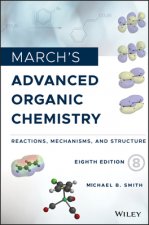
March's Advanced Organic Chemistry - Reactions, Mechanisms, and Structure, Eighth Edition
218.57 € -
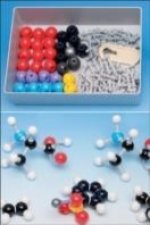
Molymod MMS-003
48.64 € -4 % -
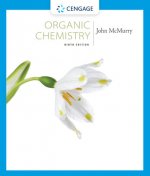
Organic Chemistry
104.67 € -
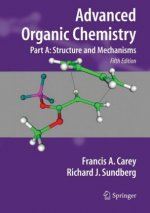
Advanced Organic Chemistry
98.42 € -13 % -

Advanced Organic Chemistry
73.12 € -
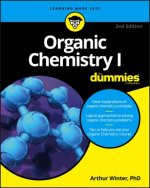
Organic Chemistry I For Dummies, 2nd Edition
18.22 € -31 % -

Solutions Manual to accompany Organic Chemistry
127.21 € -
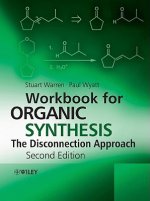
Workbook for Organic Synthesis: The Disconnection Approach
59.30 € -
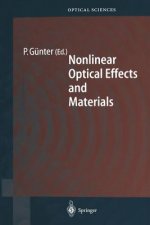
Nonlinear Optical Effects and Materials
62.37 € -
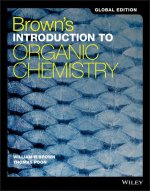
Brown's Introduction to Organic Chemistry
67.59 € -5 % -

Mechanisms of Organic Reactions
41.88 € -
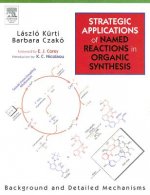
Strategic Applications of Named Reactions in Organic Synthesis
114.51 € -10 % -
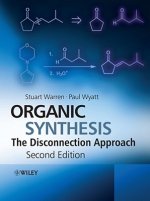
Organic Synthesis - The Disconnection Approach 2e
43.32 € -2 % -
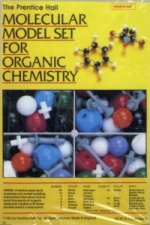
Molecular Model Set for Organic Chemistry
32.46 € -

Modern Physical Organic Chemistry
165.10 € -
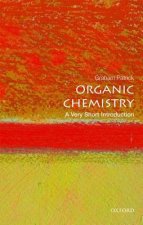
Organic Chemistry: A Very Short Introduction
10.23 € -28 % -
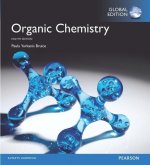
Organic Chemistry, Global Edition
100.98 € -
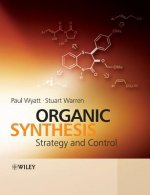
Organic Synthesis - Strategy and Control
120.55 € -
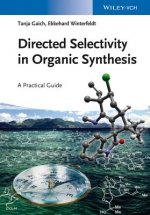
Directed Selectivity in Organic Synthesis - A Practical Guide
70.15 € -9 % -
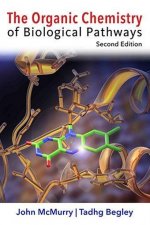
Organic Chemistry of Biological Pathways
106.93 € -

Fundamentals of Organic Chemistry, International Edition
100.47 € -
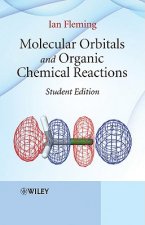
Molecular Orbitals and Organic Chemical Reactions - Student Edition
81.32 € -
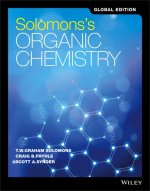
Solomons' Organic Chemistry
73.94 € -4 % -

Injection Molding Handbook
82.96 € -2 % -

Process Development
39.12 € -
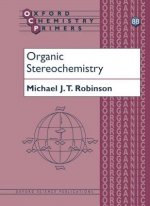
Organic Stereochemistry
41.88 € -
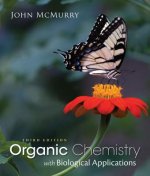
Organic Chemistry with Biological Applications
121.37 € -

Amino Acids and Proteins for the Athlete: The Anabolic Edge
259.65 € -
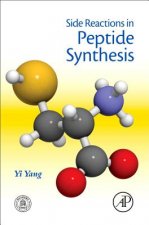
Side Reactions in Peptide Synthesis
123.83 € -

Diagnostics of Extrusion Processes
15.25 € -6 % -

Silica Aerogel Composites
103.14 € -2 % -

Polymeric Foams and Foam Technology
342.72 € -

Workbook in Organic Chemistry
39.12 € -

Organic Chemistry as a Second Language - First Semester Topics, Fifth Edition
89 € -

Organic Chemistry
144.21 € -
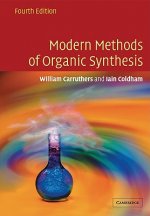
Modern Methods of Organic Synthesis
125.87 € -
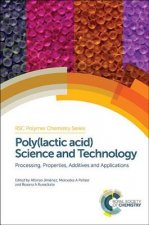
Poly(lactic acid) Science and Technology
249.20 € -
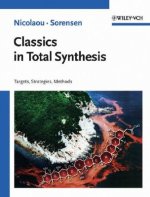
Classics in Total Synthesis - Targets, Strategies, Methods
94.43 € -4 % -

Workbook for Organic Synthesis - Strategy and Control
103.14 € -

Advanced Practical Organic Chemistry
108.87 € -

Organometallics 3e
79.27 € -20 % -

Organic Chemistry
179.04 € -5 % -

Chemistry of the Carbonyl Group - A Step-by-Step Approach to Understanding Organic Reaction Mechanisms - Revised Edition
57.45 € -

Applied Organometallic Chemistry and Catalysis
41.88 € -

Organometallics and Catalysis: An Introduction
62.37 € -8 % -
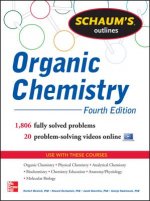
Schaum's Outline of Organic Chemistry
28.98 € -15 % -
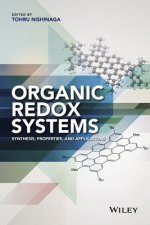
Organic Redox Systems - Synthesis, Properties, and Applications
225.44 €
Osobný odber Bratislava a 2642 dalších
Copyright ©2008-24 najlacnejsie-knihy.sk Všetky práva vyhradenéSúkromieCookies


 21 miliónov titulov
21 miliónov titulov Vrátenie do mesiaca
Vrátenie do mesiaca 02/210 210 99 (8-15.30h)
02/210 210 99 (8-15.30h)